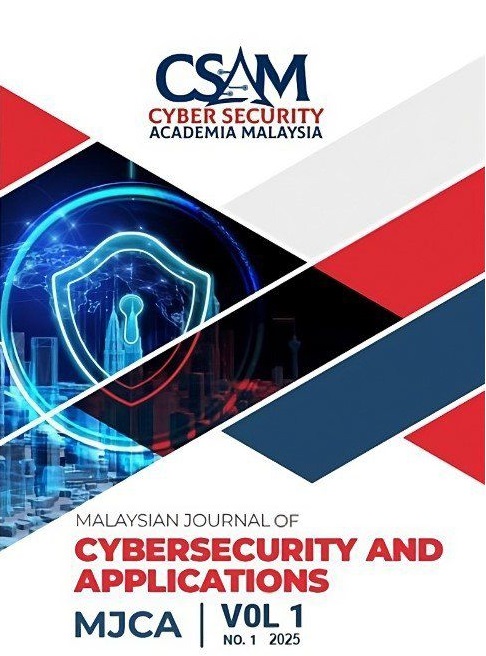FORENSIC FACIAL IDENTIFICATION BASED FACE HALLUCINATION TECHNIQUE WITH SPARSE REPRESENTATION
Keywords:
Digital Forensic; Super resolution; Hallucination; Sparse coding.Abstract
In video forensics, the low resolution of the facial information inside the video evidence is found to be the leading cause of the low performance of the face facial identification system. Therefore, the super-resolution method is commonly used to recover low-resolution facial information inside a photo or a video to a higher resolution. However, in the current state, image resizing, especially super-resolution methods, cannot enhance the resolution of facial information with good quality at high magnification factors. This paper proposes a new forensic face identification based on the face hallucination technique with sparse representation. The proposed method, Sparse Resolution (SR), is a single-frame method that uses a representation of a signal with linear combinations of small elementary signals. These signals are then interpolated to synthesize low-resolution signals to a higher version. The signals are chosen via sparse coding from an over-complete dictionary with trained images. The active Appearance Model (AAM) and Support Vectors Machine (SVM) were subsequently used to extract features and classify data. In the experimental results, the SR face images are tested on two datasets: (1) 14 individuals who are collected via CCTV surveillance Digital Video Recorder and (2) the 2.5D partial images produced by a forensic facial identification system. The experiments show that the SR produced promising results. Also, the AAM-SVM facial matching results show that the SR images get higher matching performance than other state-of-the-art methods.





